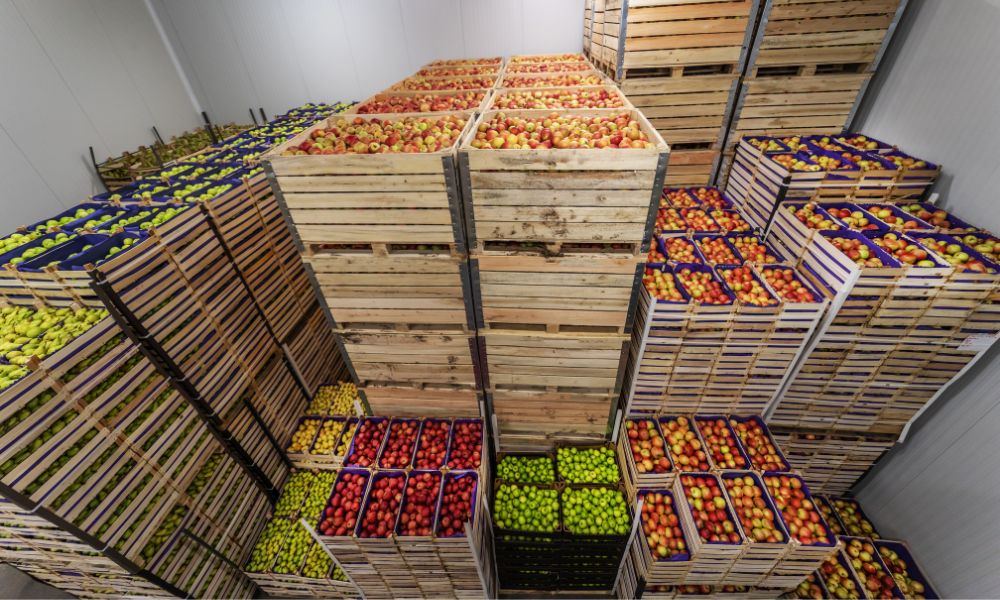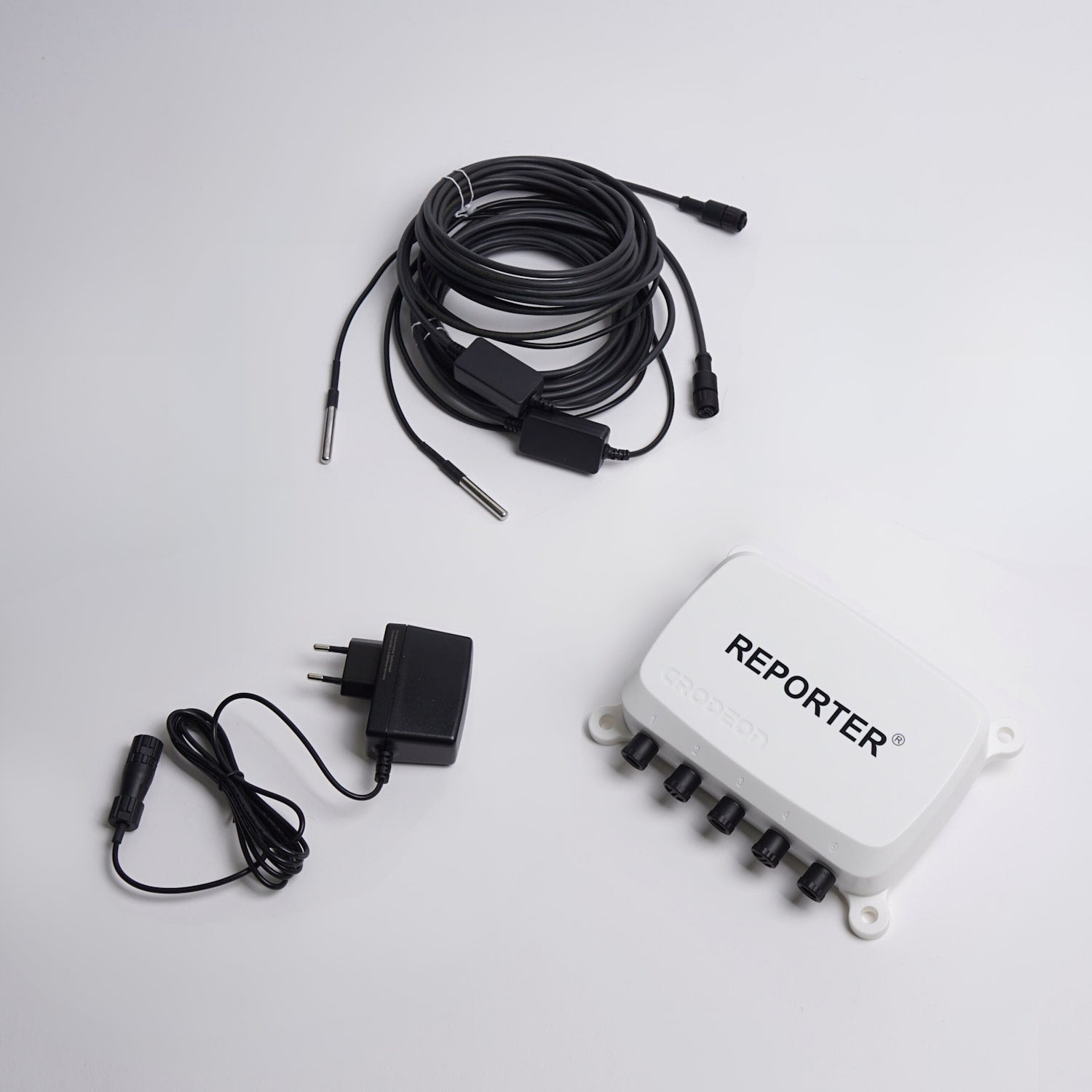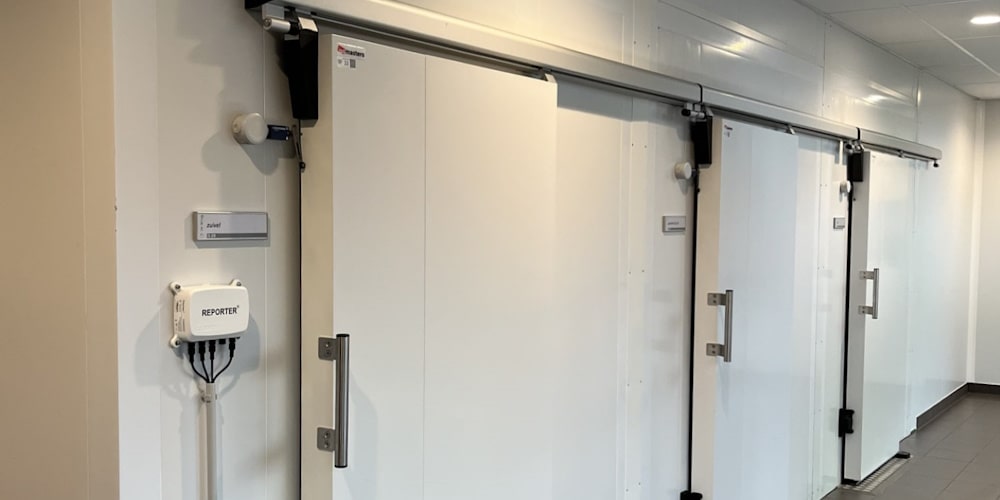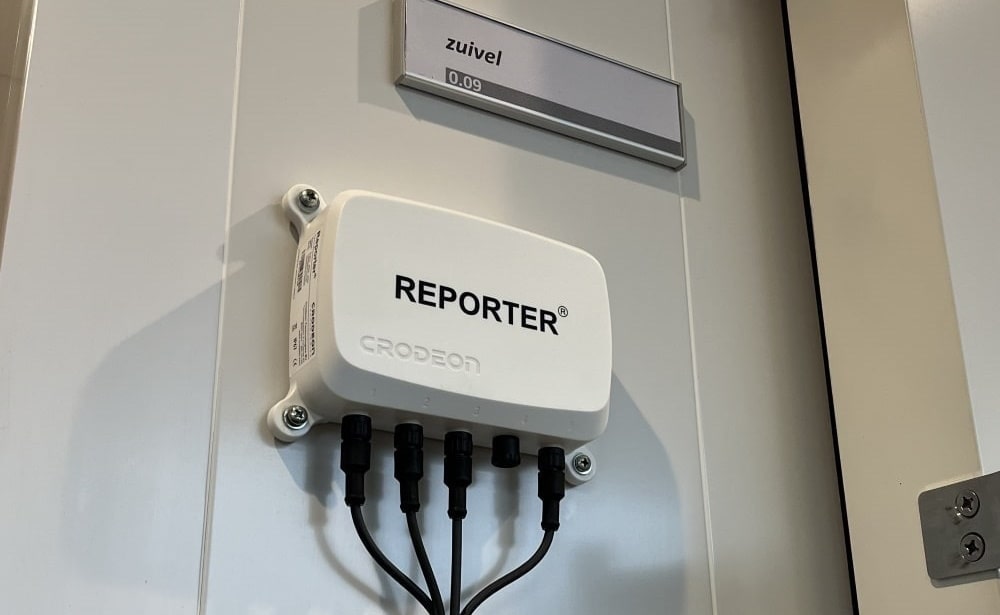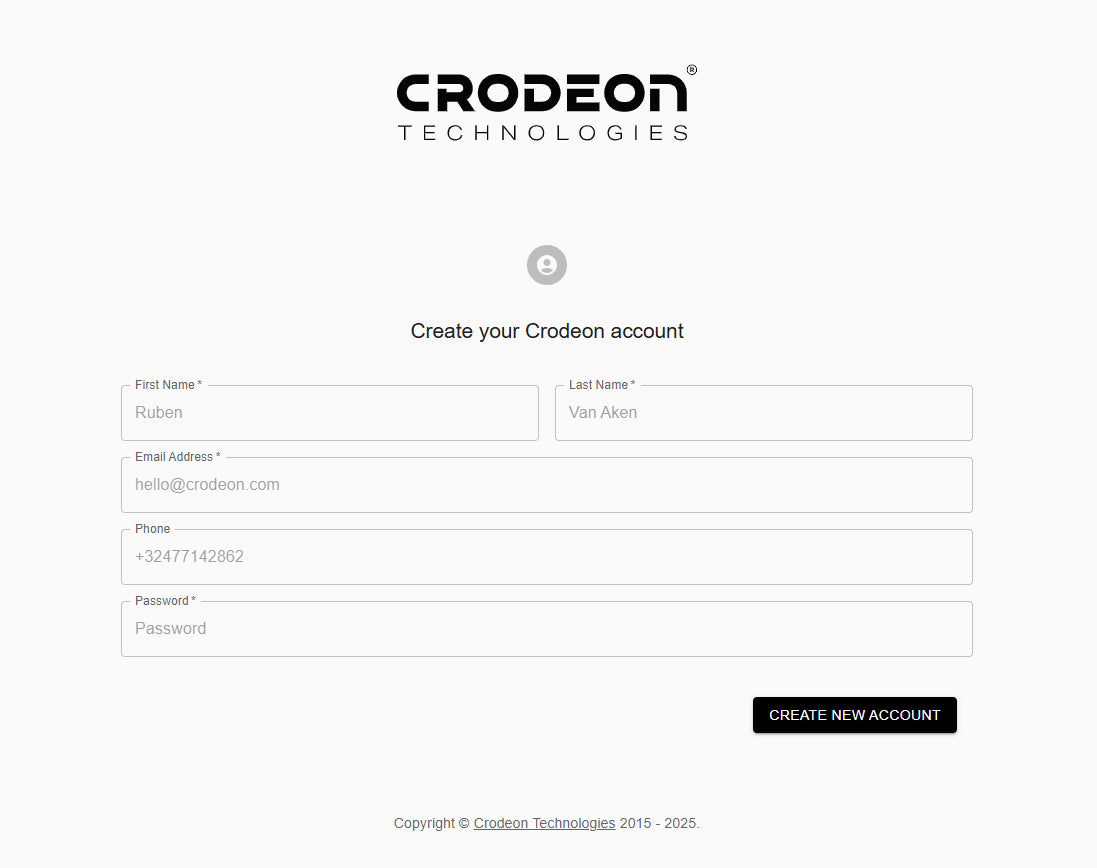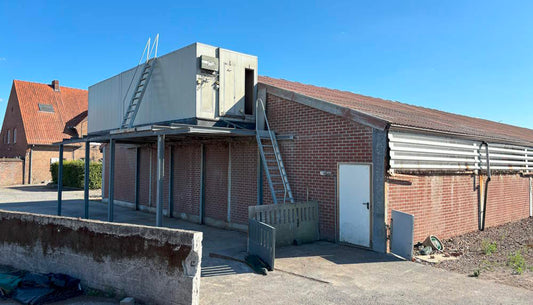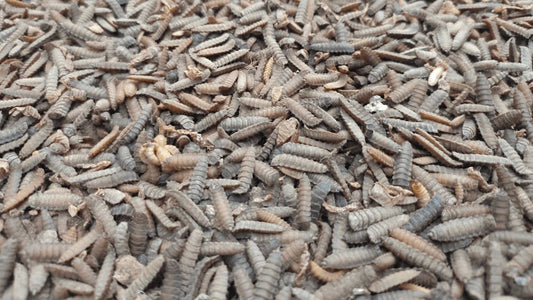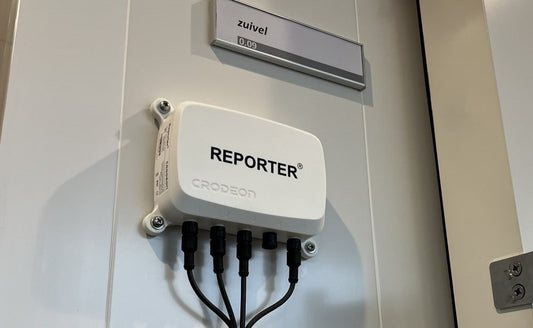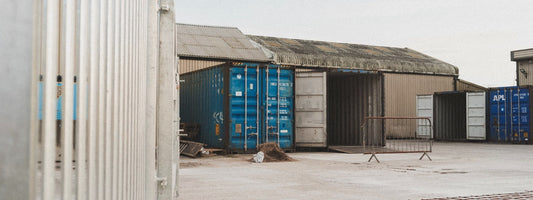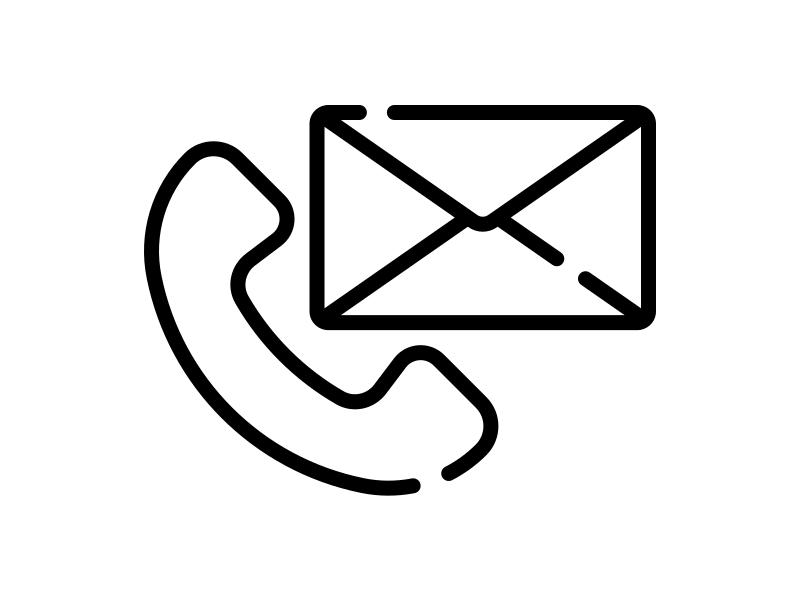6 tips for making the most of your cold room
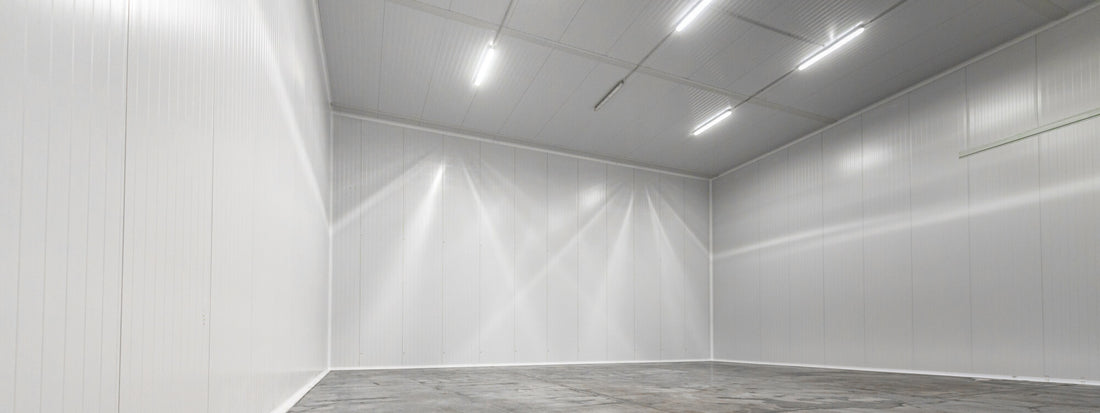
Whether it's about keeping food refrigerated or keeping medical products at the right temperature, a cold room is an indispensable investment for companies in many sectors. Storing goods at the wrong temperature can have disastrous consequences, so optimal use of your cold storage is of great importance.
We always remember the story of a restaurant that had to throw away several hundred kilograms of lobster after their freezer broke down. I suppose we all want to prevent this from happening.
So how can you make the most of your cold room? Let’s get to work!
Check the strips of your cold room doors
Refrigeration is often a major reason behind high energy costs of an organization. Saving energy can help to reduce these costs. Frequent opening and closing of the doors of a cold store wears out the strips. Proper sealing of the doors is necessary to avoid wasting energy, so checking the strips from time to time is definitely recommended.
Determine who is in control of the cold store
The more employees are authorized to open the door, the more energy is lost throughout the day. An open door will cause cold air to escape so this must be avoided as much as possible. Of course the doors will need to be used, but it should be a habit to always close the door behind you.
The average human body temperature is 37 degrees, so it is recommended to minimize the presence of people in there. In addition, it is not a good idea to allow people from outside your company to access the cold storage. For example, do not let suppliers place products in the storage, because you never know where they have been before. Prevent bacteria and other unwanted organisms from entering the cold room and restrict access to as few people as possible.
Monitor your cold room remotely
When something goes wrong, you should be notified as soon as possible. A power outage or shutdown of the cooling compressor must be noticed quickly so the products inside can be saved.
At Crodeon we build the Reporter, a wireless sensor device that records the temperature in multiple rooms with a built-in alarm function. This allows you to watch your cold rooms from a distance with peace of mind. A notification (email, sms or voice call) is sent when the temperature no longer meets the requirements allowing for a quick response. Providing reliable remote monitoring is key to avoiding catastrophic scenarios from happening.
Take a look at our cold room monitoring solution and get in touch if your have any questions.
A temperature registration device or online data logger, like Reporter, has some important advantages compared to a simple SMS-alarm tool. They both notify you when the temperature rises, but having the data at your fingertips allows you to analyse the alarm and assess the seriousness of the situation. Furthermore, when you add sensors for measuring humidity, CO2, energy consumption (kWh) or track how many times the doors open, you can detect technical anomalies or inefficient operation of your cold room.
Think about the layout of the cold storage
A good layout allows for greater efficiency when you’re rushed off your feet. Make sure that the most frequently used products are at the front of the room so that as little energy as possible is lost when the room is opened. Making sure you have a solid stock rotation plan in place will save you not only time, but also money. Stock should be checked every time a product is removed. In addition, it is also advised to use the FIFO principle, mainly in the food industry, where the first placed product in the cold storage is used first.
Your cold room requires regular maintenance
A cold room that does not work optimally consumes more energy whereas a well-maintained room is more efficient. Regular maintenance of the cooling system is therefore advised. This should be done by a certified HVAC-technician.
Frequent cleaning of the technical parts is also recommended. Especially the evaporator (on the inside) is a source of contamination as they get loaded with mold and dust after a while. As a result, microorganisms are blown throughout the entire cooling system and cold air circulation becomes less efficient. This means that the quality of the products inside can be negatively affected. In addition, the condenser (on the outside) must be kept dust-free to prevent malfunctioning and overheating.
Hygiene is important
Our final tip is obvious: Thorough cleaning at least once a month is necessary to limit the possible sources of contamination. Planning a periodic cleaning will also prevent ice formation. Furthermore, it is essential to disinfect the cold room every now and then. A tidy cold room will help you save time and keep things in order. The shelves in the cold storage should be made of plastic or metal so they can be wiped over and over again. Finally, keep the floor clear so that it can be easily cleaned.
You can find some great hygiene checklists in our 6 HACCP lists.

